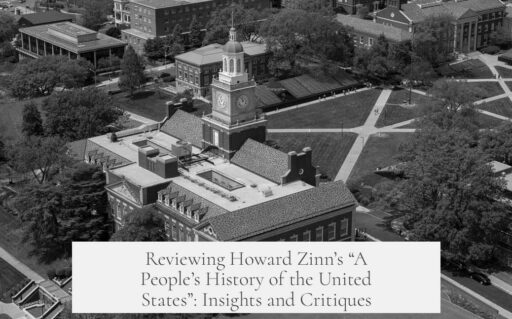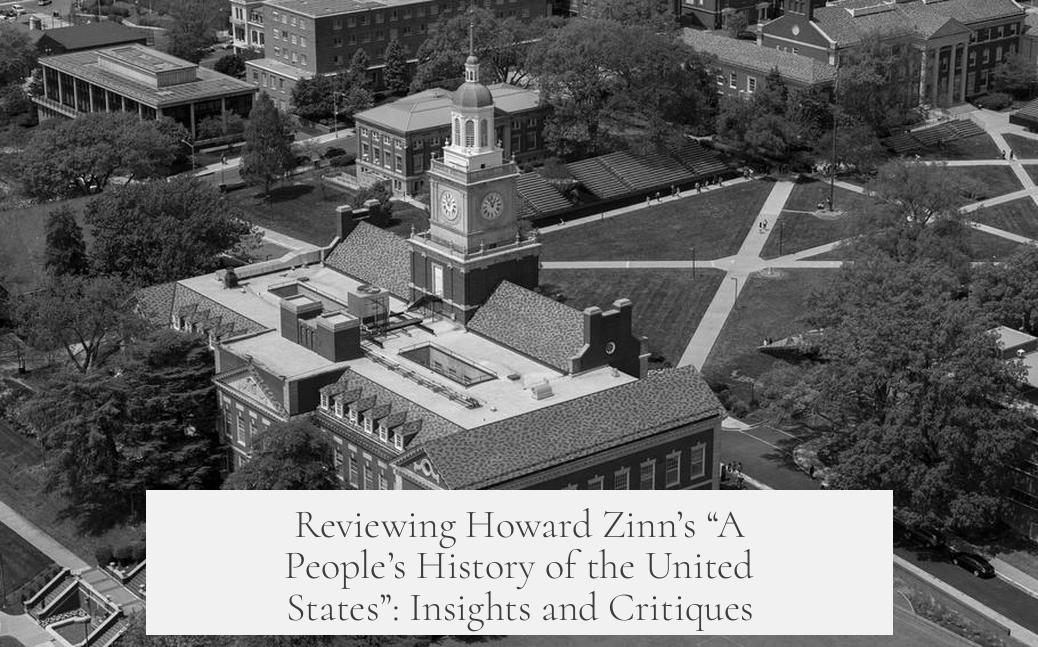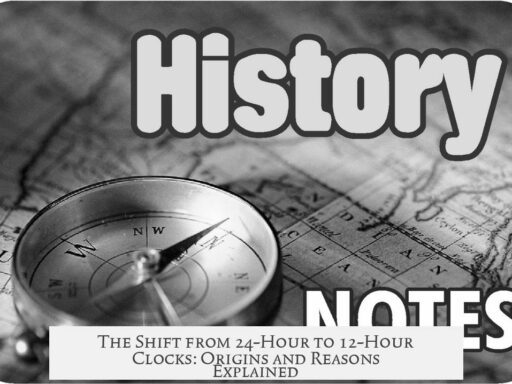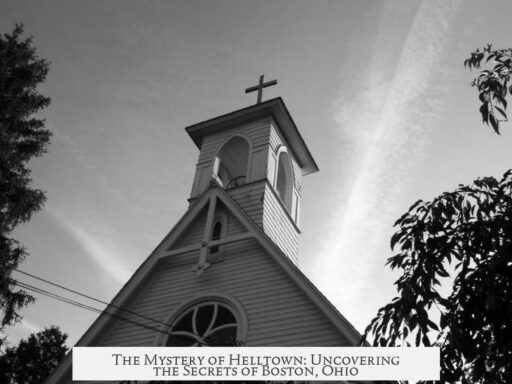Howard Zinn’s A People’s History of the United States offers a distinct, ideologically driven perspective on American history, focusing on marginalized voices and social protest. It serves as a useful, though partial, supplement to traditional historical narratives.

Historians recognize that Zinn writes with clear bias. Every historian brings some bias, but Zinn explicitly promotes a left-wing interpretation. His work critically highlights labor movements and anti-war protests, areas where his expertise strengthens the narrative. These sections provide valuable insights often missing in mainstream accounts.
However, the book’s scope has clear limitations. Zinn often overlooks key issues like race, religion, indigenous rights, and gender. These omissions reflect choices that appear increasingly problematic today. Since the last edition was published over two decades ago, some content is outdated. Readers should verify Zinn’s references and consult more recent research for balanced understanding.

The book presents a chronological account of events, which historians judge as serviceable but not comprehensive. Zinn tends to elevate less mainstream events and figures, challenging conventional significance. His frequent critiques of other historians rely on sources that may themselves be dated, warranting cautious reading. Sections heavy with citations from earlier authors suggest readers look for more current works in those topics.
For readers familiar with US history, Zinn’s work can provoke critical thinking and broaden perspectives by emphasizing underrepresented viewpoints. However, it should not replace more balanced and updated sources. Instead, it functions well as a supplement, encouraging consideration of diverse experiences and challenging dominant historical paradigms.
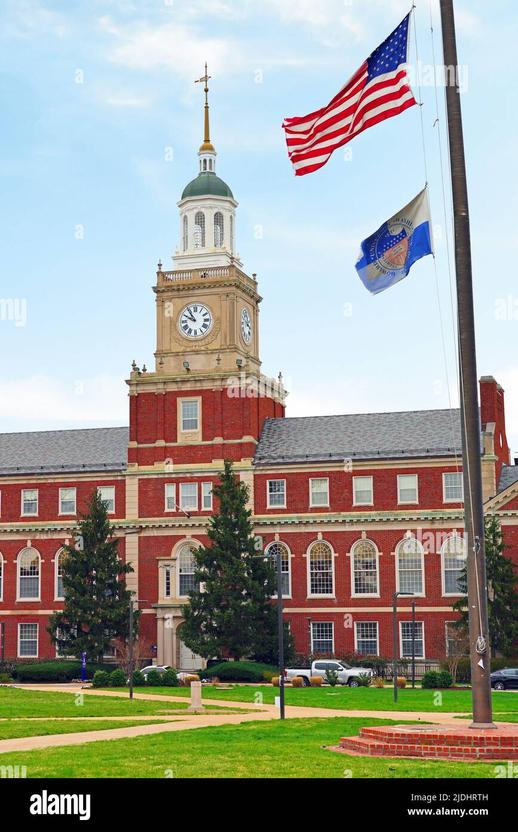
- Zinn’s book reflects ideological bias with left-wing leanings.
- Strengths lie in chronicling protests and labor history.
- It often omits race, gender, indigenous, and religious issues.
- The content is increasingly dated; newer research is necessary.
- Best used as a complementary resource, not a sole authority.
Opinion on Howard Zinn’s “A People’s History of the United States”?
Is Howard Zinn’s “A People’s History of the United States” a reliable history book or just left-wing propaganda? The answer is a nuanced yes to both. Zinn’s book certainly brings to light stories often ignored by mainstream historians, and it does so from a clear ideological angle. It’s not flawless, but it is undeniably thought-provoking and valuable for readers seeking a different slice of American history.
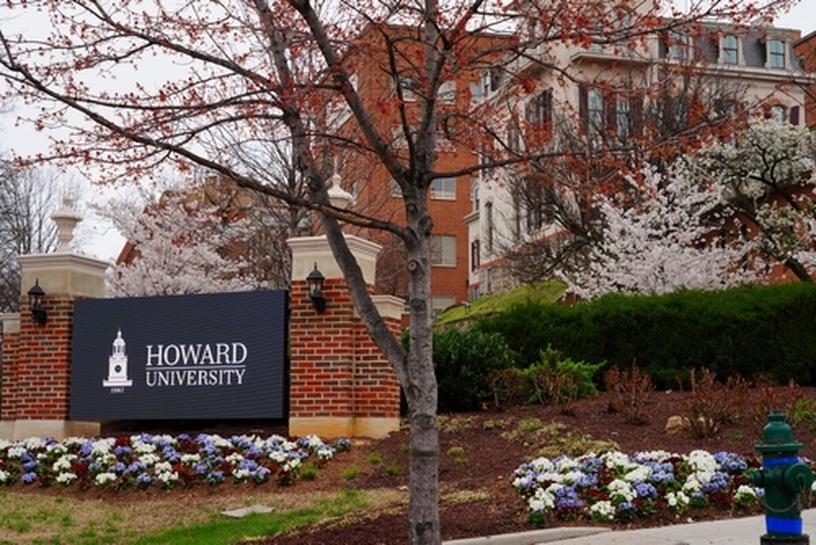
Let’s dive into what makes this book stand out and where it stumbles—plus why it still matters decades after it first hit the shelves.
A Biased but Important Voice
Every historian carries bias; Zinn is no exception. His “People’s History” wears its left-wing politics on its sleeve. He explicitly views history through the eyes of workers, protesters, and marginalized groups rather than presidents or generals. This fresh perspective helps balance the classic “great men” narratives prevalent in traditional US history books.
That ideological focus doesn’t make his work worthless. On the contrary, the bias invites readers to question assumptions and seek out stories from angles they might otherwise miss.
Want to see what professional historians say? There’s even a dedicated FAQ section that discusses how scholars feel about Zinn’s take.
Strengths: Protest History and a Chronology of Events
Zinn’s greatest strength lies in what he knows best—protests. He really shines when covering labor movements and anti-war demonstrations, presenting these parts of history with passion and expertise. Readers interested in how ordinary Americans fought for rights and justice will find gold here.
Beyond protest history, the book offers a decent chronological overview of the key events in US history, which can serve as a handy primer for newcomers.
Weaknesses: Gaps and Age
But there’s a catch. Zinn’s account often sidesteps issues like race, religion, indigenous rights, and gender. Today, when intersectionality is a cornerstone of historical study, this omission feels glaring. It’s a limitation that weakens the book’s comprehensiveness.
Plus, this book is getting up there in years. The latest edition came out 23 years after the initial publication, and guess what? That edition itself is now 22 years old. That’s an eternity in historical scholarship, where new evidence and interpretations surface regularly.
So, some of the critiques Zinn levels at other historians may reflect older perspectives, too. Many readers find it useful to check the footnotes and verify the age of the sources he references.
The Book as a Starting Point, Not the Final Stop
Think of A People’s History as a doorway rather than a complete guide. It introduces voices often muffled in traditional histories but stops short of covering all perspectives. For those with a solid understanding of US history, Zinn’s book can provide an essential supplement, challenging mainstream narratives.
If Zinn’s pages start to feel like a quotation overload or overly reliant on other authors with dated research, it might be time to explore more specialized or updated texts.
Why Should You Read It?
Curious readers might ask: why bother with a controversial, somewhat outdated book? Here’s the deal. Zinn offers *perspective.*
- He highlights underrepresented groups.
- He challenges you to think critically about “official” history.
- He reminds us that history isn’t just about presidents, laws, or battles—it’s about people.
In a world where history is often politicized or sanitized, encountering Zinn’s narrative is like getting a fresh gust of air. Yes, pack a critical mindset alongside, but don’t dismiss the book outright.
Final Thoughts: Is Zinn’s History Worth Your Time?
If you want a straightforward, all-encompassing history textbook, this isn’t it. But if you seek a narrative that flips the spotlight onto ordinary Americans and protests that shaped the country, you’re in the right place.
Howard Zinn’s “A People’s History of the United States” remains a provocative, ideologically driven, yet insightful work. It’s a stepping stone to deeper inquiry, inviting you to question and explore history beyond the surface. Just remember, history is more complex than any single book can capture.
So, next time you wonder what’s hiding beneath the polished surface of American history, why not give Zinn a shot—and prepare for your own historical adventure?
